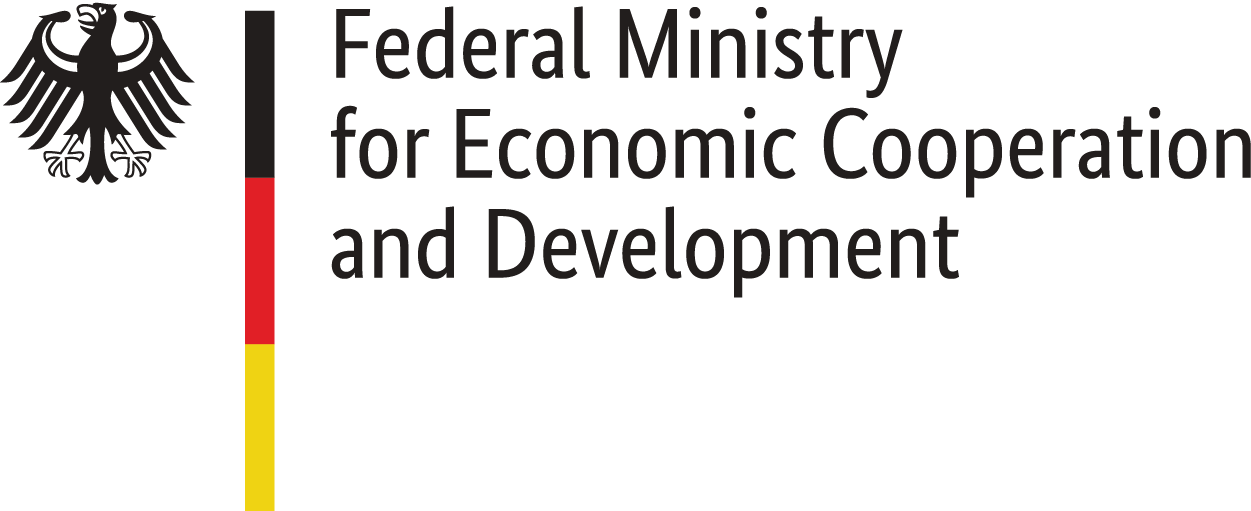Legal framework
Ukrainian legislation includes ample guarantees for freedom of speech, despite the country’s still prevailing post-soviet legal system. Censorship is prohibited by the Constitution (1996). Television and radio stations are licensed by the National Council on TV & Radio Broadcasting. Print media outlets and news agencies register at the Ministry of Justice of Ukraine. There is no precise regulation on Internet media, which are not treated as media on legal terms.
Three laws provide the normative frameworks of Ukraine’s media landscape: the Broadcasting law regulates television and radio (last version of 2006), the Law on Press regulates the print media (1992) and the Law on News Agencies regulates the news and wire services (1995). The broadcasting law is one of the more advanced laws as Television remains the most popular source of information in Ukraine. The National Council on Television and Radio Broadcasting oversees the implementation of this Law. In 2015 Ukrainian Parliament passed two significant additional media laws, one on Transparency of Ownership Structures and a second one on establishing the Public Broadcasting Service.
The legislation on printed press is outdated and more changes are expected to be made. State registry of print media needs updating as it impacts the effective implementation of the legislation. The regulation of print media has some provisions for concentration limitation, but its effectiveness remains questionable. In the Law on Press, limitation is tied to the number of print media outlets (for socio-political media only, not more than 5% of them controlled by 1 person). According to the Ukrainian Association of Media Business, around 4000 print outlets were actively publishing content in the country as of August 2016, yet nearly 30 000 entities are registered with the state registry, which shows that only slightly more than one tenth of registered print media is actively functioning, but concentration limitation is still calculated on the basis of the number 30 000. Like in many countries, digital media remains totally unregulated up to now and urgent action is considered to be needed.
Further laws regulate more detailed aspects of media operations, such as coverage of the electoral process and governmental bodies’ activities, advertisement, public moral etc.
Most problematic seems not the actual content of this set of laws, though to an extent incomplete and in need for updates, but the failure of implementation. For example, the State’s regulatory authority for TV & radio, the National Council, established by the Constitution, is legally designed to be an independent body, but in practice it failed to live up to it more than once. The state bodies do not interfere with the media content, but they proved incapable of reacting to serious breaches of laws. Furthermore, legislative norms on editorial self-regulation for Television and Radio content seem obscure and dysfunctional.
In 2011, one of the successes in legal reform was the adoption of a law on access to public information. However, despite positive developments, many practical problems still exist. In 2016, a detailed system of TV and Radio corporate ownership transparency was established by law, appraised for its level of innovation also from abroad. But, again, it remains to be seen how effectively it will be implemented. Early doubts have already been voiced due to the mere lack of effective sanctions.
Two other reforms started following the revolution of Dignity in state media sector. National broadcasting TV and radio companies and regional state broadcasting companies merged into one, which is now in the process of transformation from state-controlled towards a more independent Public Broadcasting System according to law on PBS (2014). PBS is being transformed into state joint stock company where the management will be appointed by an independent Supervisory Board, which will be formed by parliament factions and NGOs (majority of members).
The second reform concerns the state and municipal print media outlets which, over the next two years, should be either privatized or shut down according to the special law (2015). By means of management-by-outs, the staff of such entities has a right to create an enterprise and take over the operation of their outlets; otherwise, they will be sold.
All-in-all the Ukrainian media legislation appears fairly up-to-date, except for the media concentration regulations, which are obscure, lack clear and measureable criteria, as well as effective sanctions. This in turn makes their implementation difficult. Ukrainian media are still undergoing major reforms, particularly in the remaining, transitioning state media sector, which is currently in the processes of changing its legal status and funding sources.
Sources
Mediamap. Ukrainian Association of Press Publishers. Retrieved in August 2016 from: http://www.uapp.org/bases.htm
The Law of Ukraine “On Print Media Outlets (the Press) in Ukraine” (1992): http://zakon2.rada.gov.ua/laws/show/2782-12
The Law of Ukraine “On Television & Radio Broadcasting” (1993, last redaction 2006): http://zakon5.rada.gov.ua/laws/show/3759-12/print1466259301014070
The Law of Ukraine “On the National Council of Ukraine on Television & Radio Broadcasting”(# 538/97-ВР, 1997, last redaction of 2005): http://zakon3.rada.gov.ua/laws/show/538/97-вр
The Law of Ukraine "On Access to Public Information": http://zakon3.rada.gov.ua/laws/show/2939-17


